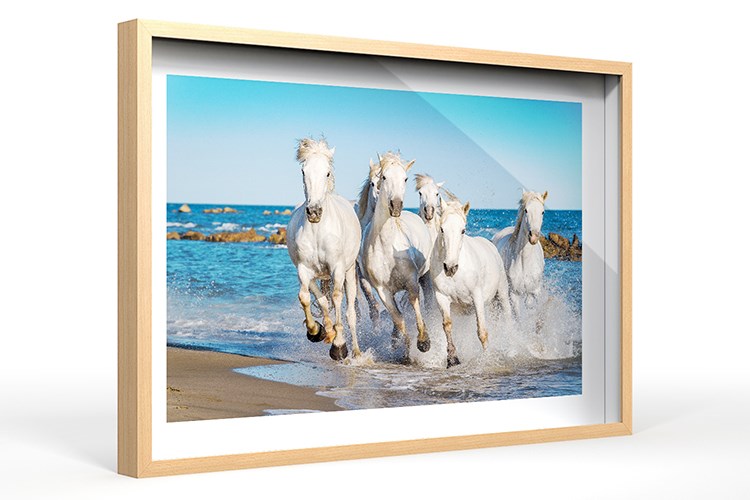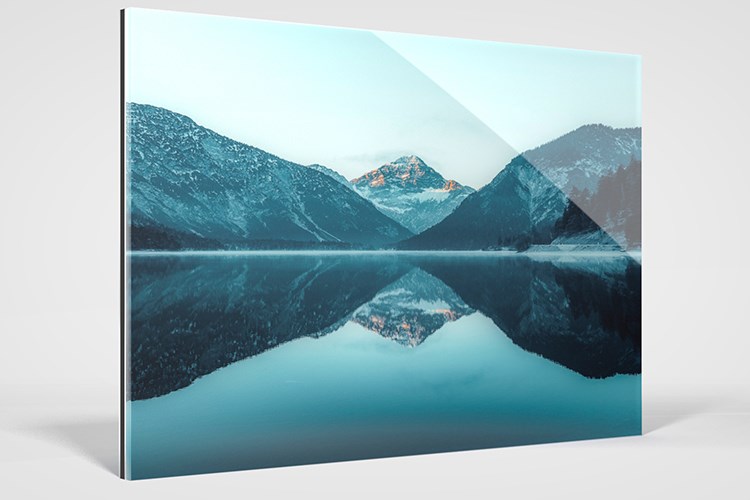-
Diasec
Plexi -
Aluminium
Dibond -
Fine-Art &
Photo Paper -
Framing
Wood & Alu
Floater Frame Alu Fino-Art Box

Floater Frame Wood Fino-Art Box

Floater Frame Wood Biarritz

Nielsen Wood Frame Loft

Nielsen Profiel 34 Alu & Wood Veneer

Nielsen Profiel 3 Alu Frame

Nielsen Profiel 273 Alu & Wood Veneer

Nielsen Alpha Alu-Wood Veneer - Fixed Dimensions

Nielsen Alu C2 - Fixed Dimensions

Nielsen Wood Apollon - Fixed Dimensions
-
Printing on
Rigid Media -
Printing on
Flexible Media -
Image Improvement
Artificial Intelligence -
Special
Shapes - Gifts
- Sample Sets




















































